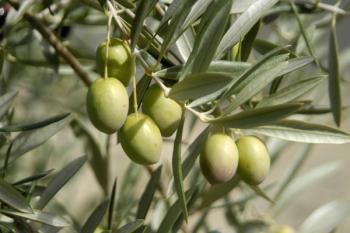
|Slideshows|November 20, 2015
- Nutritional Outlook Vol. 18 No. 10
- Volume 18
- Issue 10
Most Successful Superfruits: Which Superfruits Had Greatest Market Share in 2015? Baobab, Cherry, Maqui, and Blueberry
Author(s)Maureen Kingsley
Superfruits that were super market performers in 2015: baobab, cherry, maqui, and blueberry
Advertisement
  Â
Articles in this issue
almost 10 years ago
The Dietary Supplements Market in 2015: Business Is Goodalmost 10 years ago
Farro Is Driving the Ancient Grain Trendalmost 10 years ago
Krill-Based Research Initiatives Will Strengthen Industry Sustainabilityalmost 10 years ago
What Challenges Do Food and Drink Entrepreneurs Face? Expert Adviceabout 10 years ago
Fiber Market Flourishes in 2015about 10 years ago
Key Dietary Supplement, Food Mergers and Acquisitions in 2015about 10 years ago
Repurposing Ingredient By-product and Giving Ingredients a Second Lifeabout 10 years ago
What If FDA Regulates “Natural” Claims on Food Labels?about 10 years ago
Superfruit Stars: Where Are They Now? Acai, Gogi, and Pomegranateabout 10 years ago
Clinical Trials of the Year for Dietary SupplementsNewsletter
From ingredient science to consumer trends, get the intel you need to stay competitive in the nutrition space—subscribe now to Nutritional Outlook.
Advertisement
Advertisement
Advertisement
Trending on Nutritional Outlook - Supplement, Food & Beverage Manufacturing Trends
1
Artemis International: 30 Years of Science-Backed Berry and Botanical Innovation
2
Certifications, Clinical Trials, and Consumer Trust: How SGS NutriSource Serves the Industry
3
Pycnogenol supplementation effective for lipedema symptom reduction, new clinical trial demonstrates
4
A Leader for the Times: NOW Health Group's Jim Emme on Thoughtful Leadership
5





